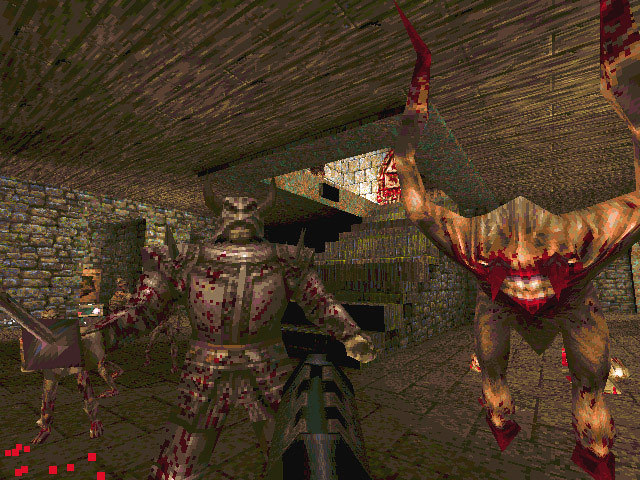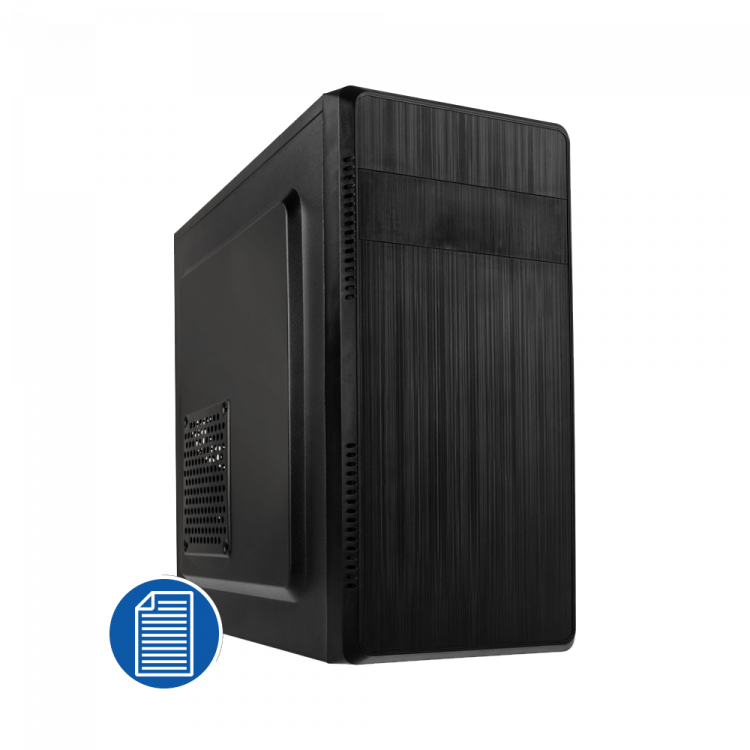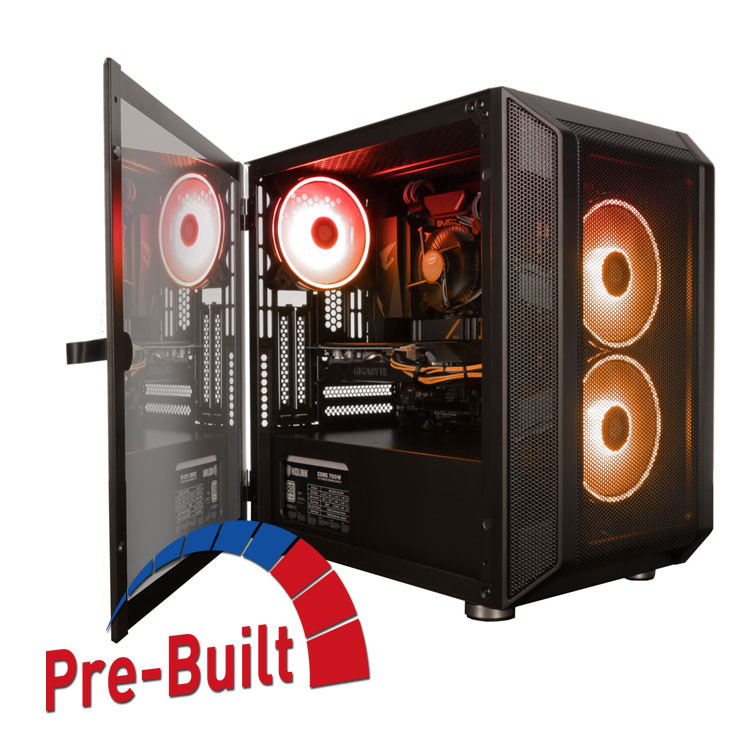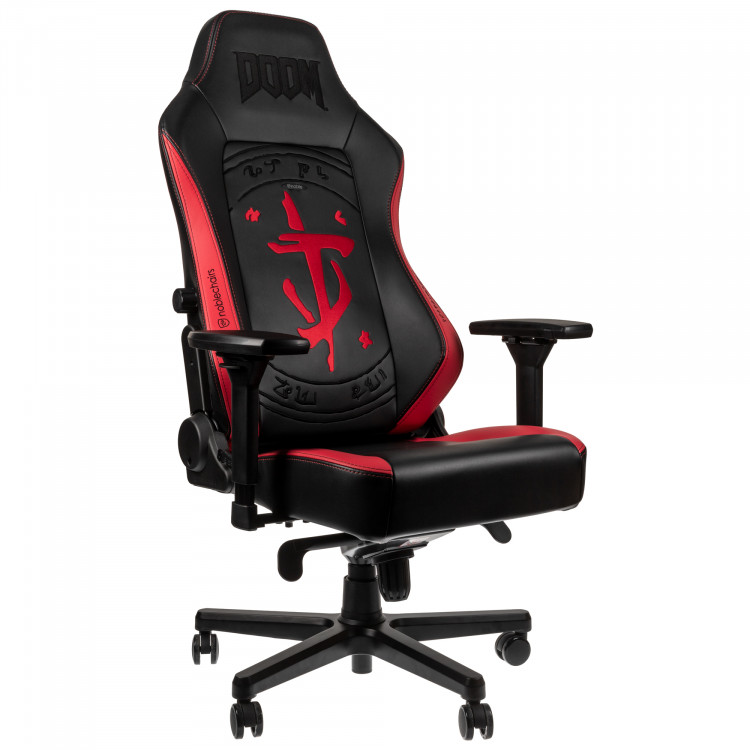July marks the 25th anniversary of the release of the original Quake (id Software’s first true 3D FPS). Whilst Doom was id’s breakout success, Quake remains a fan favourite, successful enough since launch to spawn three sequels and countless mods. Even retaining a cult following to this day, such an influential game calls for a suitable thorough retrospective, so here we go.
Earth-shattering success
The initial concept for Quake had been kicking around for some time – with some oblique references even appearing as far back as the Commander Keen series. However, work did not start in earnest until after Doom II’s release. With Quake, the Texas-based developer had two major goals: to further capitalise on the success of Doom, but also to create something new.
This was certainly a challenging prospect, but one easily met by the god-like programming skills of John Carmack and inspired level design of John Romero (who worked with American McGee and Sandy Peterson).
Unlike Doom, which used clever computational trickery to generate pseudo-3D visuals, Quake‘s levels, monsters; and weapons were entirely crafted in 3D texture-mapped polygons.

Quaking in your boots
It’s not just the technical aspects, however, that make Quake a success. The original game had a genuinely unique design. In the game’s setting, Quake hosts an intriguing blend of elements – no doubt the culmination of the design staff’s varying interests. Although the aesthetic is part Lovecraft-inspired horror combined with medieval torture chamber, it still manages to feel as if set in the future.
Of course, anyone who played it back in the day can’t forget the memorable soundtrack by none of than Trent Rezor of Nine Inch Nails. A much more ambient affair than NIN’s sound at that time, Quake‘s soundtrack was nonetheless the perfect complement to the game’s on-screen action; giving gamers an oppressive feeling even during quieter moments. Sadly, the majority of re-releases do not include the soundtrack due issues around ownership rights. Fortunately, with the recent release of the soundtrack on vinyl for the first time, OG Quake fans can perhaps hope for this to be rectified in coming years.
The legacy of Quake is indisputable – whether through its own multiplayer campaigns, fan mods (the original version of Team Fortress being a good example) or the Quake engine, which powered such highlights as Hexen II. Quake was also instrumental in the advancement of dedicated 3D accelerators. With many early GPUs, from the now-defunct 3Dfx to the very much alive NVIDIA, sold expressly for playing Quake at its best.

One of a kind
For all its success and sequels, the original Quake has yet to be fully replicated. Its immediate sequel went for a more pure Sci-fi aesthetic, Quake 3 was multiplayer only, and 4 was sourced out to Raven Software for development. Perhaps one day, a remake will appear, but until then, there are ample ways to experience Quake today. So, why not take some time out this weekend and re-explore this classic!
Playing Quake today
As a title from the 1990s, finding a PC that can play Quake today isn’t too difficult, and certainly won’t break the bank. Below our some mid-range PCs we at Overclockers UK recommends that can easily handle Quake:
OcUK Techlabs – 10TH GEN Intel core i3 Home & Small Office

OcUK Techlabs – AMD Ryzen Home & Small Office

If you want something with a little more power, you might consider these options:
OcUK Kinetic B4 – Intel B460 Comet Lake

OcUK Gaming FSG Core

However, you’ll also need a quality mouse and keyboard to perform at your best. Click on these links to find some information on keyboards and mice.
And of course, you’ll want somewhere to sit. We don’t offer a Quake themed chair as yet, but the noblechairs HERO DOOM edition is a more than worth substitute.
noblechairs HERO DOOM edition
- Black and red colour scheme with demonic pentagram
- Classic DOOM logo on front and back
- Mark of the DOOM Slayer on the front seating area
- ergonomically optimised with lumbar support

